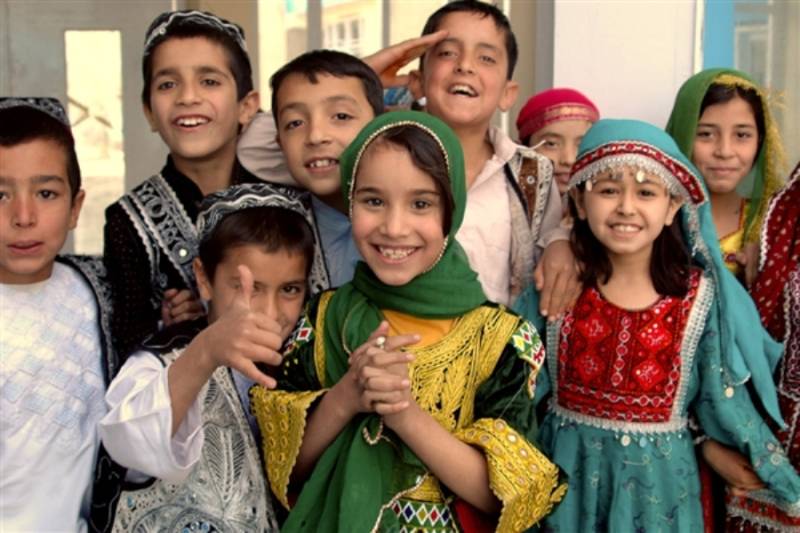Travel With Me: Exploring the Rich History of Pakistan
By: Zara Ahmed
Come with us as we explore one of the most fascinating countries in South Asia – Pakistan! From ancient cultures to vibrant cities, Pakistan offers a treasure trove of history, diversity, and stories waiting to be discovered. So, let’s take a deep dive into the rich heritage of this incredible nation. First up, let’s learn about the history and ethnic diversity of Pakistan!
A Journey Through Time: The Founding of Pakistan

Let’s rewind the clock to 1947, when Pakistan was founded as a separate nation for Muslims after the partition of India. The visionary leader behind the creation of Pakistan was Quaid-e-Azam Muhammad Ali Jinnah, who dreamt of a land where Muslims could live freely, practice their religion, and preserve their culture. His dedication and leadership made Pakistan a reality and set the scene for a proud nation with a unique identity.
Let’s rewind the clock to 1947, when Pakistan was founded as a separate nation for Muslims after the partition of India. The visionary leader behind the creation of Pakistan was Quaid-e-Azam Muhammad Ali Jinnah, who dreamt of a land where Muslims could live freely, practice their religion, and preserve their culture. His dedication and leadership made Pakistan a reality and set the scene for a proud nation with a unique identity.
A Melting Pot of Ethnic Groups
- Punjabis: The majority ethnic group, the Punjabis, make up a significant part of Pakistan’s population. They speak Punjabi and have a rich cultural heritage, including music, dance, and a deep love for food (trust me, their food is incredible!).
- Pashtuns: In the north-western regions, you’ll find the Pashtuns, who speak Pashto. Known for their hospitality and strong cultural traditions, they have a unique and proud history that dates back thousands of years.
- Sindhis: Down in the southern part of the country, Sindhis are the heart of Sindh province, speaking Sindhi. Their culture is heavily influenced by Sufism, and you’ll find beautiful historical sites like Mohenjo-Daro, one of the world’s oldest urban settlements.
- Baloch: Moving to the southwestern region, the Balochi people speak Balochi and have a rich history tied to their nomadic lifestyle and tribal traditions. The vast deserts and rugged mountains of Balochistan are home to this proud group.
- Muhajirs: These are people who migrated to Pakistan from India during the partition. They primarily speak Urduand are found across Pakistan, particularly in Karachi. They’ve had a major influence on the country’s modern culture, especially in terms of arts, music, and politics.
And of course, Hindus, Christians, and other religious minorities add to Pakistan’s multi-cultural fabric, contributing to the beautiful diversity you’ll find in every corner of the country.

Language and Culture – A Blend of Traditions
While Pakistan’s official language is Urdu, many different languages are spoken throughout the country. From Punjabi to Pashto, Sindhi to Balochi, you’ll hear a symphony of languages that reflect the country’s rich cultural tapestry.
Culturally, Pakistan is a stunning blend of traditional and modern influences. Whether it’s the timeless art of truck painting, the soulful tunes of qawwali music, or the delectable dishes like biryani, nihari, and samosas, there’s always something to catch your eye or tantalize your taste buds.
So, now that we know a little bit about Pakistan’s foundation and its beautiful diversity, let’s dive deeper into some historical spots that make this country so special. Stay tuned because you won’t want to miss the next adventure!



